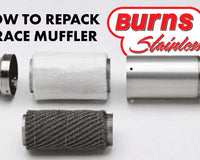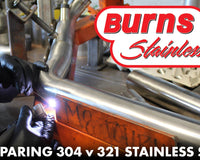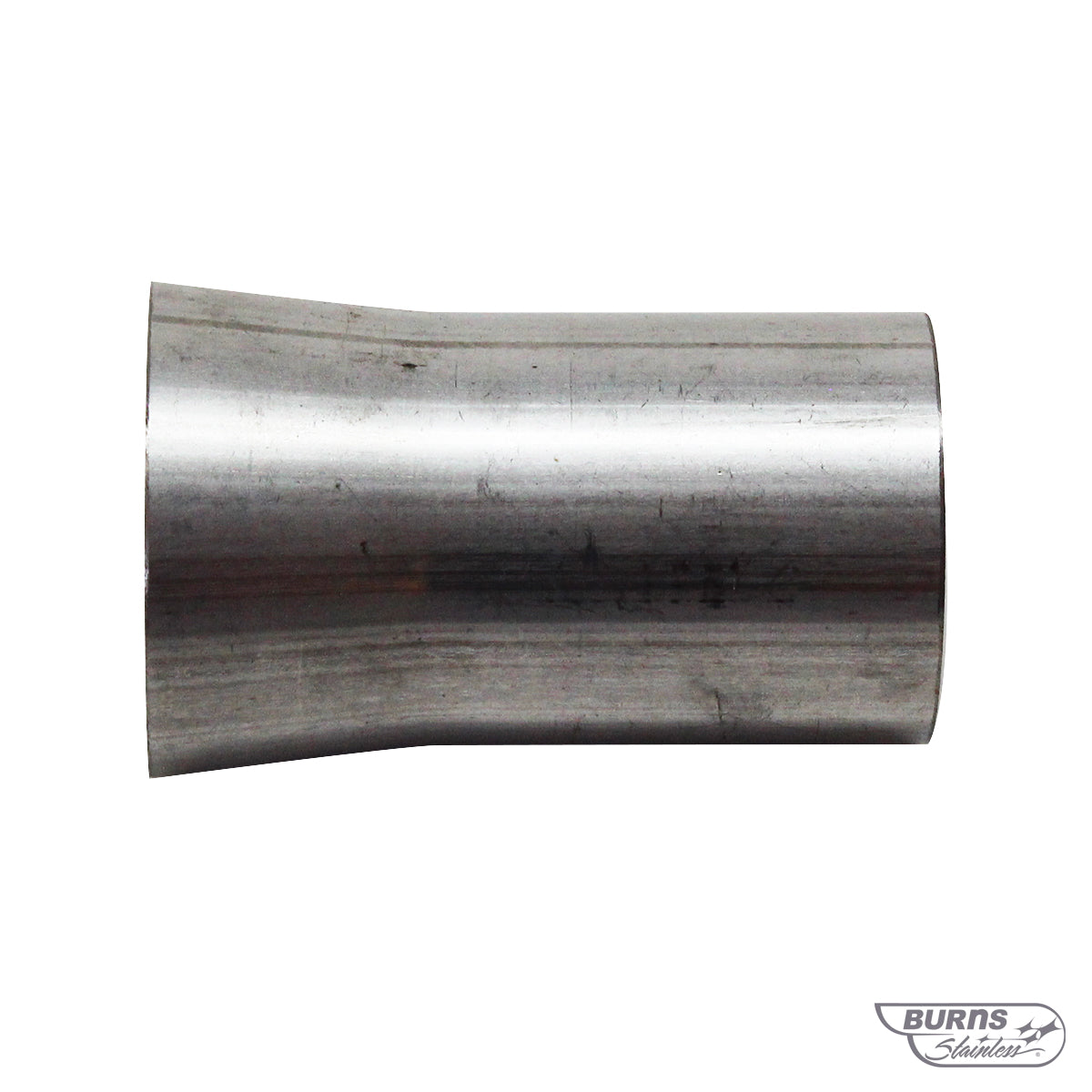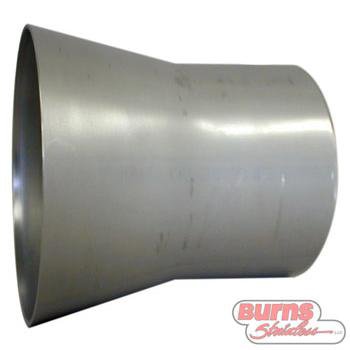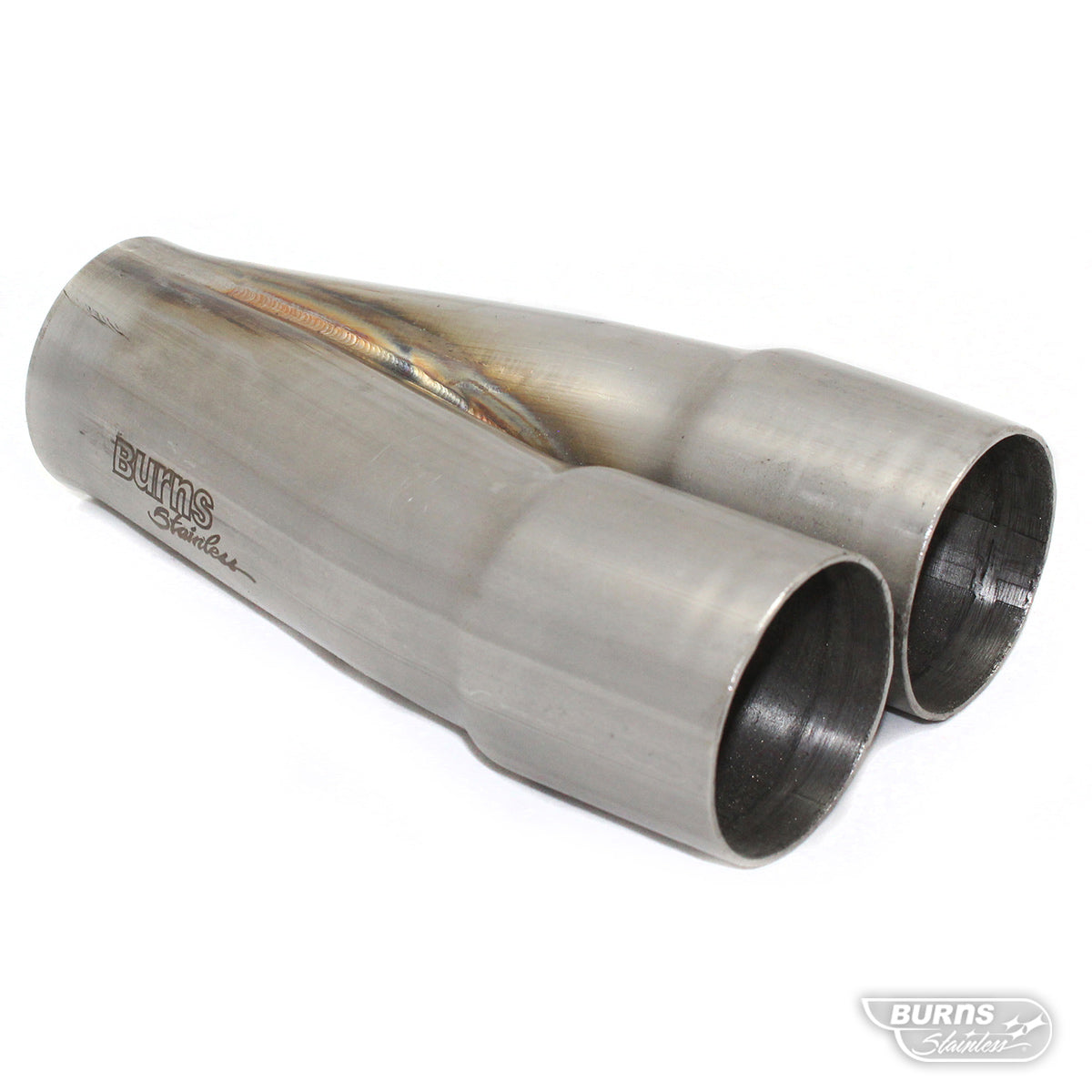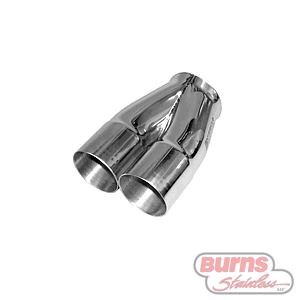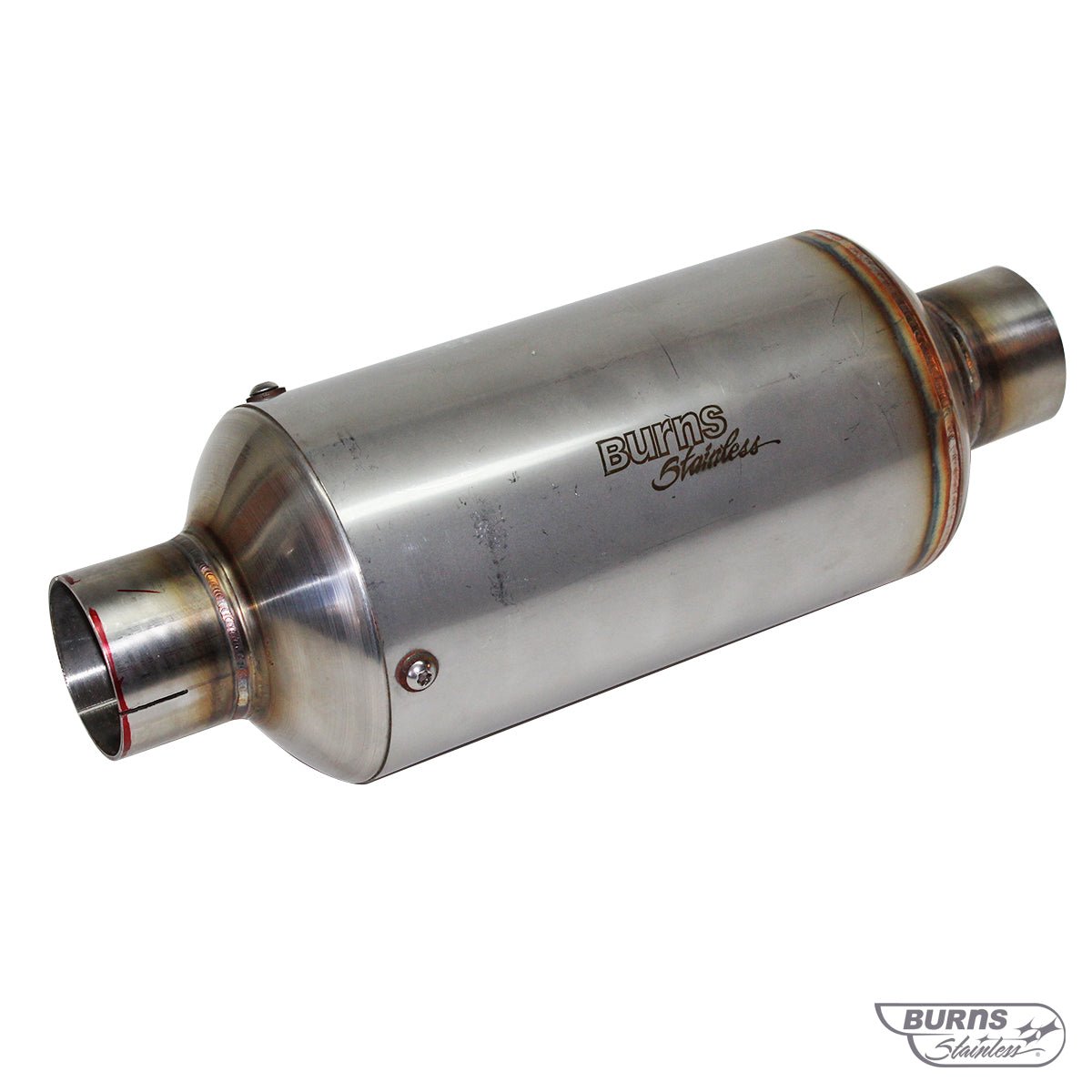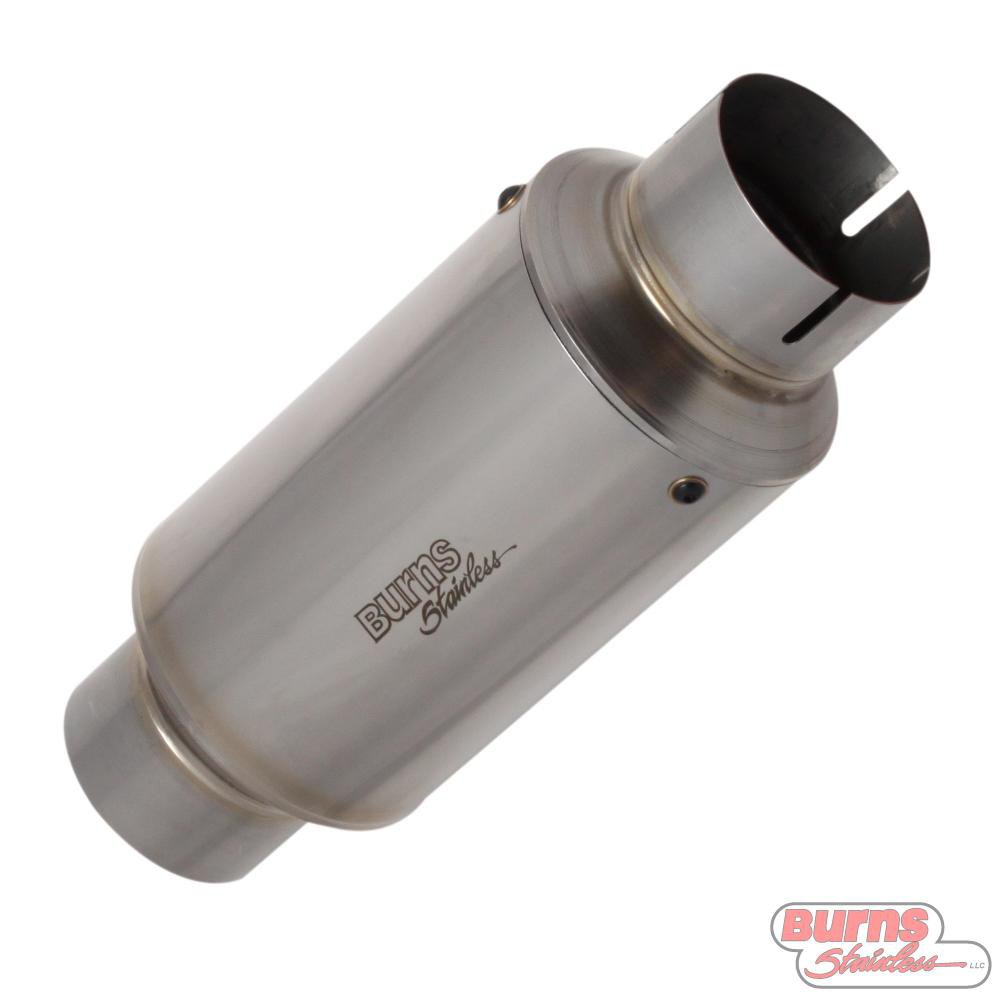Choosing the Right Material for Performance and Longevity
Have you ever wondered what is the best material to use for exhaust header tubing? Wonder no more as Vince Roman, CEO of Burns Stainless, shares his insight on exhaust header tubing. Topics include: 304SS, 321SS, Titanium, Inconel, material gauge and wall thickness, stepped header design and more. Sit back, grab a snack and get your learning on with this informative video (BELOW).
The Backbone of Performance: Why Tubing Matters
When it comes to building a high-performance exhaust system, the tubing is where power, durability, and efficiency intersect. In this episode of Vince in Shorts, Burns Stainless founder Vince Roman discusses the often-overlooked heart of header design — the exhaust tubing. For this deep dive, Vince uses a NASCAR tri-Y header as an example. Once cutting-edge in the Winston and Sprint Cup series, this 4-into-2-into-1 configuration still represents a masterclass in flow and endurance — especially when paired with the right materials.
Stainless Steel vs. Mild Steel: The Real-World Trade-Off
Early headers were often built from mild steel, which works fine — until heat and corrosion take their toll. Ceramic coating can extend life and reduce heat soak, but as Vince explains, coatings can fail over time. That’s where stainless steel earns its stripes. Burns Stainless primarily uses 304 stainless steel, an austenitic (non-magnetic) alloy that resists oxidation and fatigue far better than cheaper 400-series stainless often found in mass-produced imports. Stainless’ lower thermal conductivity means less heat transfer through the wall of the header, keeping exhaust gases hotter — and velocity higher — for improved scavenging and performance.
When to Step Up to 321 Stainless
For applications with continuous high-temperature operation, like NASCAR, road racing, or turbo systems, 321 stainless steel becomes the clear choice. While 304 performs well up to about 1400°F, 321 holds its strength closer to 1800°F, making it ideal for endurance or boost-heavy builds. It’s slightly more expensive than 304 but cheaper than 316, which offers similar heat resistance. Vince’s advice: if you’re running a turbocharged engine, start with 321 stainless in 16-gauge wall thickness.
Why Inconel and Titanium Aren’t Always the Answer
Exotic materials like Inconel 625 and titanium sound impressive, but they’re not always practical. Inconel is phenomenal for extreme heat environments — think top-tier endurance racing or jet turbines — but it’s costly and requires advanced fabrication. Titanium, on the other hand, has a lower density but doesn’t handle high temperatures as well as stainless. Most titanium headers use commercial-grade material for formability, which leads to cracking and failure under thermal stress. Vince recounts multiple motorcycle headers made of titanium that cracked repeatedly. Even when repaired, they simply couldn’t survive the heat cycling. The conclusion: titanium looks cool and colors beautifully — but stainless and Inconel are the real performers.
Choosing Wall Thickness: 16-Gauge or 18-Gauge?
The wall thickness of your tubing determines not just weight but weldability and longevity.
• 16-gauge (0.065") – Best for street cars and endurance builds. Easier to weld and highly durable.
• 18-gauge (0.049") – Common for drag racing or lightweight builds where every ounce counts.
• 20-gauge (0.035") – Used only in specialized lightweight applications; pair with thicker 18-gauge primaries near the flange to reduce vibration fatigue.
For beginners building their first custom exhaust, Vince recommends starting with 0.065" 304 stainless for a balance of strength and workability.
The Tri-Y Advantage
One of the best ways to shed weight without sacrificing performance is through smart header design. A tri-Y configuration reduces total tube length compared to a traditional 4-into-1 system, offering both lighter weight and broader torque curves. At Burns Stainless, tri-Y headers are tuned for equal overall system length — about 30–32 inches from flange to collector — with the first merge improving midrange torque and the second merge enhancing top-end power.
Step Headers: Approximating the Perfect Taper
A perfectly tapered exhaust tube would continuously decrease in diameter from the exhaust port to the collector — but that’s difficult to build in the real world. The next best thing is a step header, where tube diameters increase incrementally. This step design broadens the engine’s power band and mimics the performance of a continuous taper. Burns Stainless uses equal-length steps to maintain balanced exhaust flow, and through their proprietary X-Design software, can size collectors precisely for your race engine’s specifications. For racers and fabricators, Burns offers a Race Engine Spec Form online to calculate the ideal tubing and collector dimensions for any performance application.
The Bottom Line
The tubing material you choose isn’t just about looks — it’s about heat management, durability, and power. Whether you’re fabricating headers for a drag car, a turbo street build, or a full-blown endurance racer, Burns Stainless has the materials and expertise to make your exhaust system perform at its peak.
Recommended Materials by Application:
• Street / Endurance: 304 Stainless, 16-Gauge
• Drag Racing: 304 Stainless, 18–20-Gauge
• Turbocharged Systems: 321 Stainless, 16-Gauge
• Extreme Heat (Pro Racing): Inconel 625
Ready to Build Your Next Header?
Fill out the Race Engine Spec Form to get started on your next project — built to last, built to perform, Built for the Brave.



